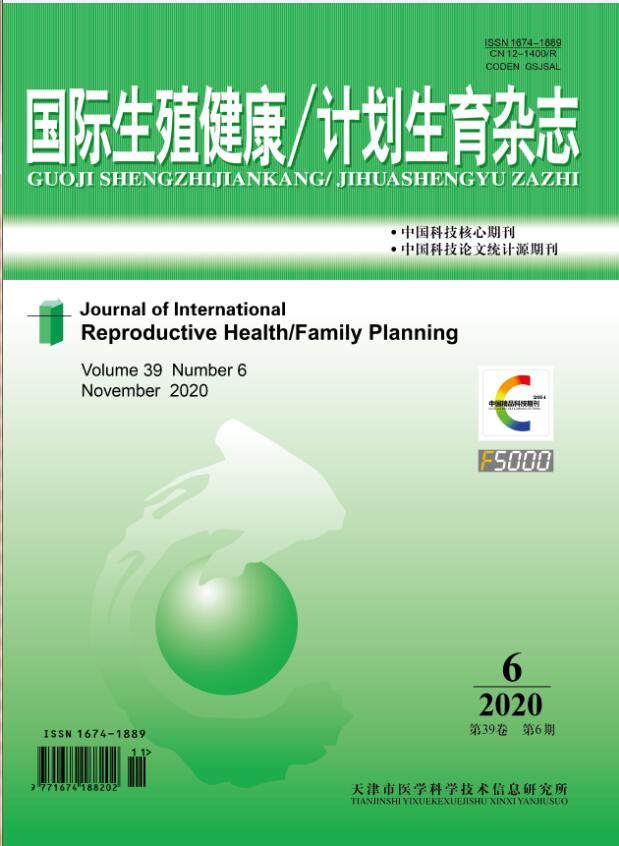|
|
Retrospective Analysis of Azoospermia:A Report of 500 Cases
CHE Yu-rui;CHEN Bin;WANG Yi-xin;WANG Hong-xiang;PING Ping;HAN Yin-fa;HUANG Yan-ping;HU Kai;JIN Yan
2015, 34 (4):
290-292.
Objective: To analyse retrospectively the clinical diagnosis and treatment of 500 cases with azoospermia, so as to act up to the normalized diagnosis and treatment of male infertility. Methods:Five hundreds cases with azoospermia infertility, from December 2012 to December 2013 in our center, were retrospectively analyzed. According to the 2013 Chinese Medical Guideline of Male Infertility, those patients were divided as: obstructive azoospermia, non-obstructive azoospermia and the mixed azoospermia. Mutiple treatments, such as the reconstructive surgery, medication, IVF/ICSI, AID and adoption, were advised to choose with a informed consent. Results:There were 254 cases with obstructed azoospermia, 187 cases with non-obstructed azoospermia and 40 cases with the mixed azoospermia in those 500 cases, and 19 cases were diagnosed as the microdeletion in AZFa or AZFb gene. In 44 cases underwent reconstructive surgery, there were 14 cases accepted the ejaculatory duct cyst incision by seminal vesicle mirror, 5 cases accepted the anastomosis of deferens and deferens, 25 cases accepted the anastomosis of deferens and epididymis. Sperms were found in 33 cases after 3-12 months of surgery, nature uxorial pregnancies were found in 2 cases. In 19 cases underwent medication, 7 patients with inflammatory obstruction were treated with antibiotics for 1-3 months. Sperms were found in 3 cases (3/7) after 3-6 months of treatment, one case had nature uxorial pregnancy, and 4 cases had significant improvement in their symptoms of reproductive system. Twelve cases with hypogonadism were treated with rFSH or hCG, including one case with Kallmann syndrome. Nine cases had the increased testicular volume (>4-8 mL) and the increased testosterone concentration in their 3-12 months follow-up, while sperms were found in 5 cases in their 6-12 months follow-up. There were 196 pregnancies within 12 months in those 376 couples underwent IVF/ICSI. Sixty one cases (couples) accepted AID or adoption. Conclusions:The diagnosis and treatment of male azoospermia infertility should follow the Chinese Medical Guideline of Male Infertility, and the invasive methods should be prudently used. It should be proposed to make the medical decision under sufficient discussion between doctors and patients. It is important to diagnose and treat reasonably azoospermia infertility in clinical practice.
Related Articles |
Metrics
|

